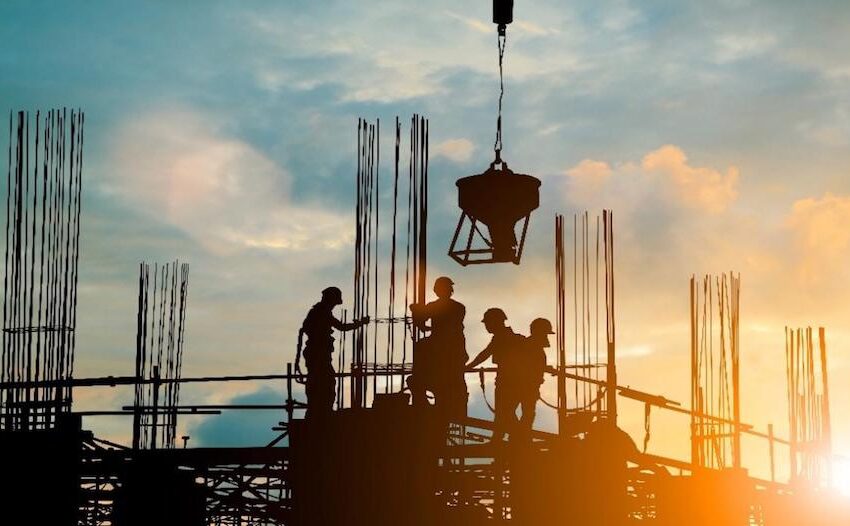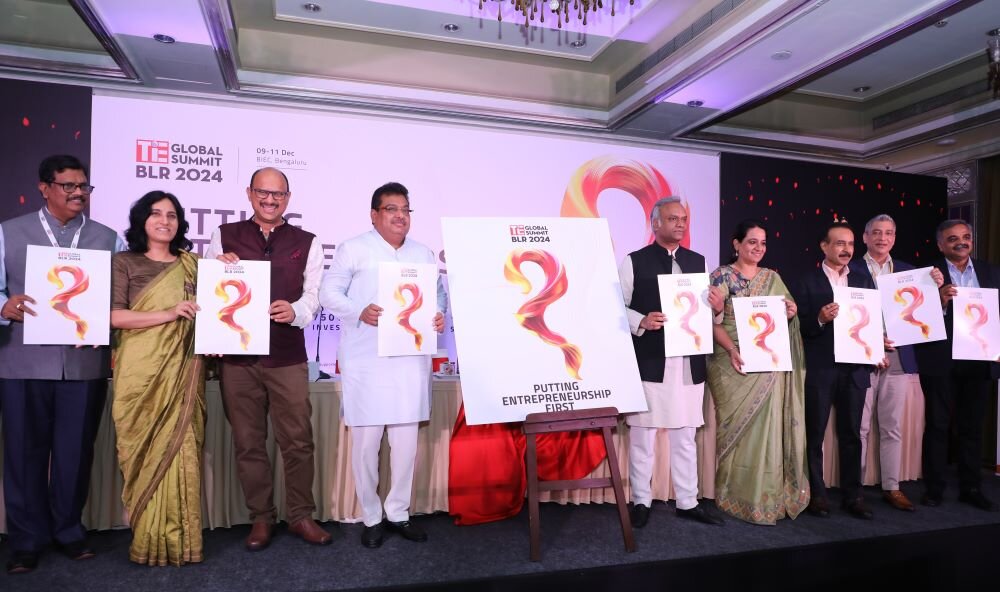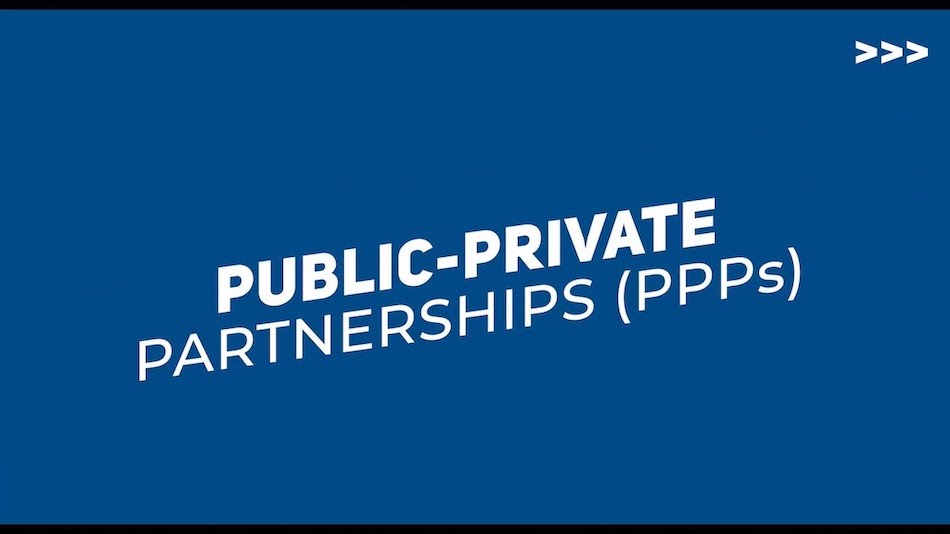Collaboration & Innovation: Unveiling the Power of Public-Private Partnerships in Green Building

In a world characterized by rapid urbanization and heightened environmental consciousness, the global construction industry finds itself at a crossroads. The ever-growing demand for infrastructure presents a formidable challenge—how to meet this demand while mitigating the environmental impact of construction and operation. It is within this context that the concept of Green Building emerges as a transformative approach. Green Building represents a movement that advocates for the design, construction, and operation of buildings with a focus on energy efficiency, resource conservation, and environmental responsibility. However, the widespread adoption of green building practices necessitates more than just isolated efforts; it calls for a harmonious blend of collaboration and innovation. In this regard, Public-Private Partnerships (PPPs) emerge as powerful instruments poised to unlock the full potential of green building, paving the way for a sustainable and resilient future. It concludes by envisioning a future where collaboration and innovation through PPPs drive the global construction industry towards achieving sustainable and environmentally responsible urban development.
The Urgency for Green Building:
The global construction industry faces a critical challenge: meeting the growing demand for infrastructure while minimizing its environmental impact. This challenge is underscored by sobering statistics that highlight the urgency of adopting green building practices. The global building sector accounts for a substantial portion of energy consumption and energy-related CO2 emissions, making it a significant contributor to climate change. By 2050, it is projected that buildings will be responsible for a staggering 70% of global electricity demand. Green buildings, with their emphasis on energy efficiency, renewable energy integration, and sustainable materials, offer a promising solution to reduce emissions and conserve vital resources. Therefore, the imperative for green building practices cannot be overstated.
The Need for Collaboration:
Achieving the widespread adoption of green building practices necessitates more than just individual efforts. It calls for a collective approach that leverages the strengths of both the public and private sectors. The transition towards green building entails significant investments in cutting-edge technologies, sustainable materials, and specialized expertise. Private companies excel in technological innovation and possess the resources to drive these innovations forward. On the other hand, public institutions hold regulatory authority, policy-making capabilities, and the capacity for long-term strategic planning—crucial elements for sustainable development. Collaboration between these entities can bridge gaps in expertise and resources, leading to more significant strides in the green building sector.

The Power of PPPs in Green Building:
Public-Private Partnerships (PPPs) emerge as a powerful mechanism to facilitate collaboration in the realm of green building. PPPs bring together public and private entities to jointly plan, finance, develop, and operate green building projects. The advantages of PPPs in green building are multifaceted:
- Mobilizing Resources: Combining public funding with private capital enables the execution of larger-scale green building projects. This approach accelerates progress towards sustainability goals and expands the reach of green building initiatives.
- Sharing Risks and Rewards: PPPs distribute risks and rewards between public and private partners. This risk-sharing arrangement incentivizes both parties to invest in the success of the project, ensuring that it meets its objectives.
- Leveraging Expertise: Public and private partners bring complementary expertise to the table. Public institutions contribute their regulatory knowledge and long-term planning capabilities, while private companies provide technological innovation and operational efficiency. This collaboration fosters innovation and ensures the feasibility of green building projects.
- Promoting Knowledge Transfer: PPPs facilitate knowledge sharing between the public and private sectors. This exchange of insights and best practices leads to long-term capacity building and improved sustainability practices across the industry.
Related Post :
- The impact of cross-cultural partnerships on business success
- Leveraging partnerships for talent acquisition and development
- The Importance of Communication in Partnerships and Alliances

Examples of Successful PPPs in Green Building: Several notable examples illustrate the effectiveness of PPPs in green building:

The LEED Gold-certified City Hall in San Francisco, USA:
Standing as a beacon of sustainability in the heart of San Francisco, the LEED Gold-certified City Hall embodies the city’s commitment to environmental responsibility. This iconic landmark, built in 1915, underwent a comprehensive renovation in 2010, achieving LEED Gold certification through a range of innovative features. From capturing rainwater for irrigation to utilizing recycled materials in construction, the City Hall boasts energy-efficient lighting, advanced HVAC systems, and a rooftop solar array that generates a portion of its own power. This green transformation not only reduces the building’s environmental footprint but also serves as a model for sustainable practices in historic preservation and public buildings, showcasing San Francisco’s leadership in green design and its dedication to a more sustainable future.
This project resulted from a successful public-private partnership and delivered a remarkable 24% reduction in energy consumption compared to the original building, demonstrating the potential for energy-efficient public infrastructure.

The Platinum LEED-certified Bullitt Center in Seattle, USA:
Seattle’s Bullitt Center, a six-story office building, isn’t just Platinum LEED-certified; it’s a living experiment in sustainable design. This “greenest office building in the world” generates its own energy through solar panels, harvests rainwater for all its needs, and even composts human waste. Beyond technology, its open spaces, natural ventilation, and focus on occupant well-being set it apart. Functioning as a living lab, the Bullitt Center shares data and inspires others, proving that high-performance buildings can be beautiful, comfortable, and financially viable, paving the way for a more sustainable future.
A privately-funded green building, the Bullitt Center serves as an exemplary model for sustainable construction. It underscores the commitment of private entities to environmental responsibility and showcases the possibilities of private sector leadership in green building.

The PPP-financed green housing project in Rajasthan, India:
In the heart of Rajasthan’s Thar Desert, a verdant oasis is emerging thanks to a pioneering Public-Private Partnership (PPP). This innovative project, launched in 2021, aims to construct 10,000 green homes for low-income families across 100 villages by 2025. Backed by a consortium of private developers, financial institutions, and the Rajasthan Housing Board, the project boasts an impressive initial investment of ₹10,000 crore (US$1.2 billion).These aren’t just ordinary homes; they’re testaments to sustainability. Constructed using locally sourced, recycled materials like fly ash bricks and compressed stabilized earth blocks, the houses boast energy-efficient designs with 20-30% lower energy consumption. Rooftop solar panels generate clean power, while rainwater harvesting systems and greywater reuse strategies minimize water dependence. This commitment to eco-friendliness is estimated to reduce carbon emissions by 200,000 tons annually.Beyond environmental benefits, the project empowers residents. Skills development programs equip them with construction and maintenance skills, fostering self-reliance and economic opportunities. Community gardens provide fresh produce and income generation, while green spaces promote well-being and social interaction. This holistic approach addresses poverty, environmental degradation, and social development simultaneously.While challenges like long-term maintenance and affordability remain, the project’s early success is undeniable. It has already constructed over 1,000 green homes, improving the lives of over 5,000 residents. This model serves as a beacon of hope, demonstrating that sustainable development and inclusive growth can go hand-in-hand, paving the way for a greener future not just for Rajasthan, but for similar arid regions across the globe.This initiative is a testament to how PPPs can drive the adoption of green building practices in developing countries. By addressing affordability concerns and improving living conditions, it showcases the potential of public-private collaboration in green infrastructure projects.

Challenges and Considerations: While PPPs offer immense potential, their success depends on addressing specific challenges:
- Clear Contract Design and Risk Allocation: Ensuring that PPP agreements are transparent and equitable is critical for building trust between public and private partners. Fair risk allocation is essential to prevent disputes and maintain project momentum.
- Long-term Commitment and Collaboration: Effective communication and ongoing cooperation are paramount to the success of PPPs throughout the project lifecycle. Both parties must remain committed to the project’s goals and objectives.
- Measuring and Monitoring Impact: Establishing clear metrics to assess the environmental, social, and economic benefits of green building projects is essential. This allows for accountability and promotes continuous improvement in sustainability practices.
The Future of Green Building with PPPs:
By fostering collaboration and innovation through PPPs, the global construction industry can unlock the full potential of green building. As urbanization continues to accelerate worldwide, the demand for sustainable infrastructure will only increase. Through the strategic alignment of public and private sector strengths, we can build a future where high-performance buildings contribute to a healthier planet and thriving communities. The urgency of addressing climate change and resource conservation makes PPPs in green building a pivotal approach to achieving sustainable and resilient cities.

Attention entrepreneurs! Are you ready to revolutionize the industry and become part of the world’s largest and fastest-growing trade organization? Our mission is bold, and we need passionate collaborators, co-creators, and co-owners to join us on this journey.
We’re thrilled to announce our special open community-level membership for just $125 USD/year. This gives you access to a vibrant network of industry leaders, exclusive resources, and the power to shape the future of trade. Imagine collaborating on groundbreaking initiatives, co-creating innovative solutions, and sharing in the success of a global powerhouse. ✨
Don’t miss this opportunity! Join our open community today and take your first step towards transforming the trade landscape. Together, we can build a force for good, create unparalleled opportunities, and emerge as a true global force in the trade industry.
Click here to join the movement and claim your $125 USD membership! Let’s co-create a brighter future for global trade, together.
















